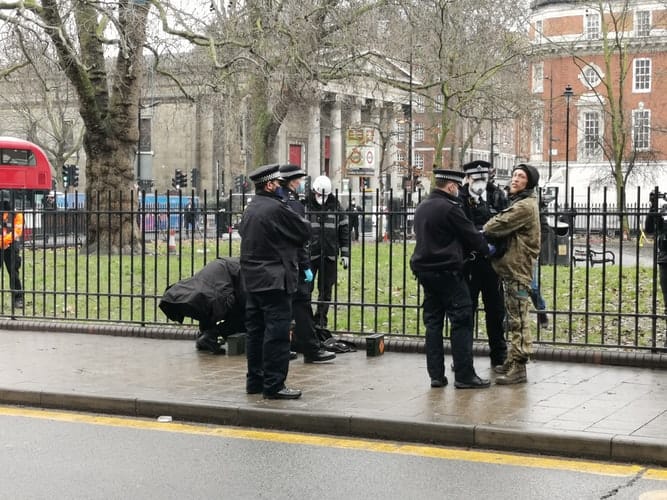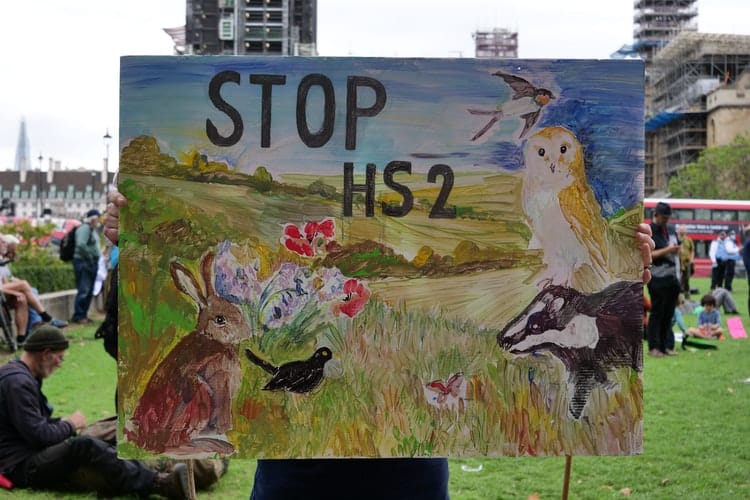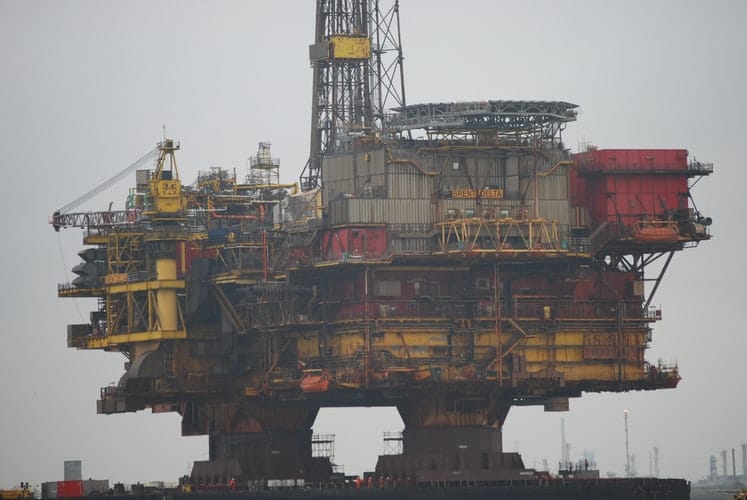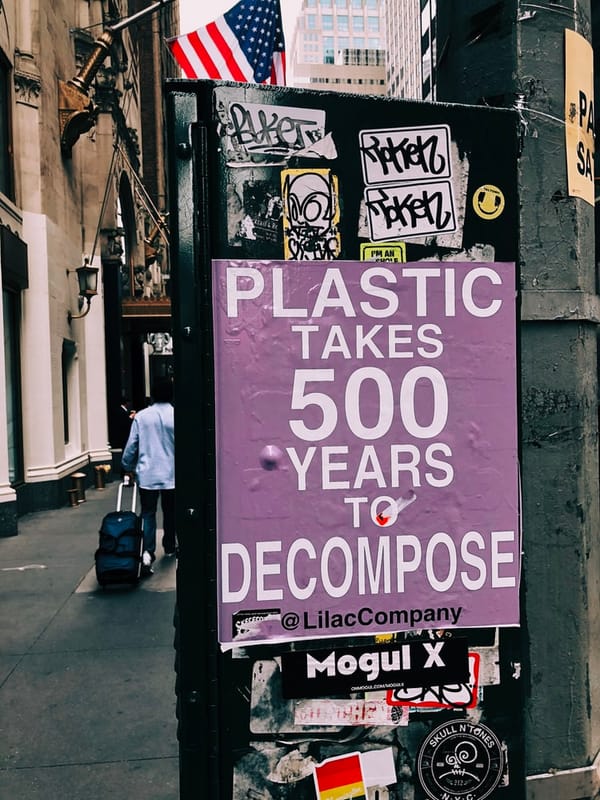Euston HS2 protest: system changer or selfish disruptor?
Sustainability Editor Flora Dickie writes about the recent developments of the Euston Square Gardens protest to stop the high-speed railway project HS2, alongside a discussion of the methods used by the tunnel protestors.

HS2 is a high-speed rail project to improve rail connections across England and reduce economic disparities across the country. HS2 is often referred to as the most expensive infrastructure project ever to be realised in the UK: The HS2 project cost at least £1.46 billion in 2019, with its expenditure expected to increase as construction is extended. There are even predictions that the project will cost over £100 billion.
The current protest at Euston aims to stop the advancement of the HS2 project. Since August 2020 protestors have been occupying Euston Square Gardens (plus, other woodland sites across England throughout the year). This London park is owned by HS2 and is to be transformed into a taxi rank. Protestors are resisting the taxi rank construction and the whole high-speed rail project which will have Euston as its final stop in London. In resistance, protestors have built treehouses and a 30m tunnel underneath the park over the past four months to make it harder to evict them from the site. In the early hours of 27th January, the National Eviction Team started trying to evict protestors from the occupation site and began digging another tunnel to reach protestors in their tunnel. A spokesperson from HS2 said that the tunnels 'are a danger to the safety of the protestors, our staff and the general public, and put unnecessary strain on the emergency services' and that the protests were 'costly to the taxpayer'. However, it should be noted that these costs are minimal in relation to the whole HS2 project and the damage it could cause to ancient woodland ecosystems.



It is expected that the eviction will take weeks, especially now since the High Court has ordered that HS2 should listen to the expert Peter Faulding, an expert in tunnelling, who suggests there should be a stalling of the evictions in order to review the safest way to remove the protestors. Protestors' lives are at risk not by merely being in the tunnel, but also through the HS2 eviction team's actions: digging another tunnel, using cherry-pickers 5 metres from the tunnel and even trying to stamp on the hands of those in the tunnel. Judge Justice Knowles will not prevent ongoing eviction despite safety concerns.



The most obvious justification for protesting by environmental activists is the ecological destruction that has already occurred through the construction of HS2, which will continue to worsen. According to the Woodland Trust, just phase one of construction (London to Birmingham) will adversely affect 34 ancient woodlands (continuously wooded since 1600). HS2 states that it will plant seven million trees and much ancient woodland will remain intact, but these are old and complex ecosystems that can't merely be replaced by planting new trees. Furthermore, hundreds of tree saplings planted by HS2 contractors died in 2019 because they were not properly tended to. Additionally, the Wildlife Trusts wrote to the Prime Minister (with support of 70,000 people) about HS2 adversely affecting 700 local wildlife sites, 33 Sites of Special Scientific Interest (SSSIs) and five wildlife refuges of international importance. So, the environmental cause is plain and clear to see.
Protestors think that right now could be a tipping point to stop the HS2 phase one construction
The ‘Stop HS2’ campaign also highlights the hypocrisy of the project in terms of sustainability. Trains can be the more sustainable mode of transport, but it is essential to have a clear cost-benefit assessment. The costs of constructing a completely new railway are very high, so much so that it would take 120 years for the project to become carbon neutral - with a high level of passenger use. Many protestors and academics have suggested that it would be far more effective to invest all this money into a project to replace the UK's thousands of diesel trains and electrify thousands of kilometres of railway tracks.
Many justifications for HS2 have come from an economic perspective. The Government went as far to claim that HS2 would 'heal the North-South Divide'. However, a report from UCL academic Professor Tomaney concluded that “it's difficult to find robust evidence that HS2 will have a transformative impact on the UK's economic geography”. He also noted that most of the financial gains from HS2 would go to the South of England, principally to London, so the way to boost northern economies would be to invest in their regional transport systems. The 'Stop HS2' campaign also encompasses this aspect of regional economic inequalities.
HS2 advocates try to draw attention to the reduced travel times with the new high-speed rail, saying that the service from London to Birmingham will be quicker by 25 minutes. However, there will be a highly reduced service to stations that are not on the high-speed line.



Some would consider the protestors' provocative techniques to be destructive and selfish, whereas others would see them as bringing more public awareness to the cause. What is clear is that the HS2 chairman has resigned, and the protests have brought about media storm; it is likely the main message getting across to the public will be that of disruption and selfish costs created by the protestors.
Multiple veteran tunnellers have said that the tunnelling tactic's strength is the costs incurred by the evictions. The technique was inspired by the Vietnam war tunnels at Cu Chi (according to Disco Dave's Tunnel Guide). One activist was quoted saying, “At the end of the day it's a money thing, HS2 will be doing the maths and adding up the cost of police, security, delays to the building programme and the cost of specialists to remove the activists.” There are multiple anti-HS2 camps along the planned route, which could also build tunnels and further disrupt the construction process.
Current protestors think that right now could be a tipping point to stop HS2 phase one construction (London to Birmingham). However, HS2 seem unlikely to stop construction work, and they plan to evict the protesters as quickly as possible. This will be difficult as the eviction process is increasingly dangerous due to the eviction team pumping air into the tunnels causing the walls to become dryer and crack.
The Guardian wrote that tunnelling is an effective technique to prevent “road or transport building programmes because it takes a long time to remove people from tunnels, costs a lot of money, and cause significant delays”.
These types of environmental protests often make it to the news for their sensationalistic methods, but do they actually affect change? It is hard to quantify the success of spectacular environmental demonstrations, according to Jochen Roose, a sociology professor - though he highlights that they do play an essential role in triggering change. Jorg Feddern, an oil expert at Greenpeace, believes that “if environmental organisations weren't so aggressive in drawing attention to these issues, we wouldn't have come nearly as far as we have in climate negotiations, though they're often weak”. For example, Greenpeace activists occupied the Brent Spar oil tanker when Shell announced it would be dumped into the deep sea in 1995. This campaign led to a boycott of Shell across Western Europe, and eventually, Shell changed its decommission plan. Three years later it was illegal to dump offshore steel oil rigs in the EU. These provocative campaigns cannot work alone. Roose also notes that movements need to employ a variety of tactics to push for change effectively.



Civil resistance on a mass scale can affect social and political change. Research by Erica Chenoweth shows that nonviolent movements are more successful than violent ones. The study involved collating data from all violent and nonviolent campaigns between 1996 and 2006 and found that nonviolent civil resistance more effectively resulted in change. More people get involved when movements are nonviolent. Success often depends on at least 3.5% of the population involved and this being through a myriad of actions, not just protesting but also more sustained mass non-cooperation campaigns. An example of the 3.5% rule was shown after the climate protests of New Zealand in September 2019, New Zealand's prime minister Jacinda Arden signed into motion a very ambitious climate change plan.
Perhaps, for the ‘Stop HS2’ campaign to have a radical impact, it needs more people to get involved, though this doesn't necessarily mean more people occupying a tunnel in a London park. More so, the Euston protest is being portrayed as principally an environmental protest, yet the 'Stop HS2' campaign is broader than that. It is about environmental destruction and regional inequalities, governmental overspending, and pushing for a just transition to sustainability. Yes, people can be annoyed about protestors' wasting' the taxpayer's money, but they should also be annoyed about the enormous amount of taxpayer money being put into HS2. The whole construction project (phase one especially) needs a full public review before any more money is spent. The Government should be reconsidering their priorities, especially now. Where is the governmental focus on 'building back better' for the environment and the people?







